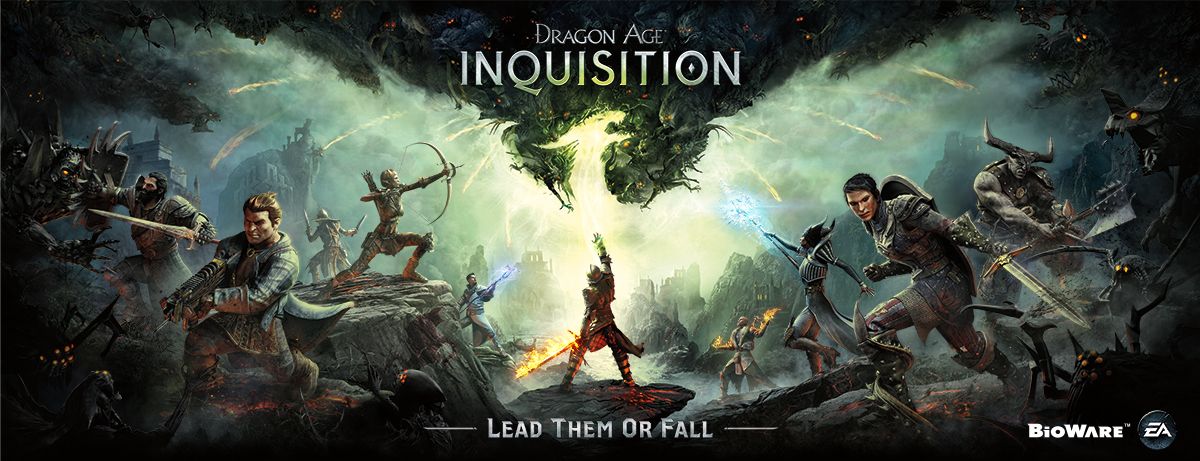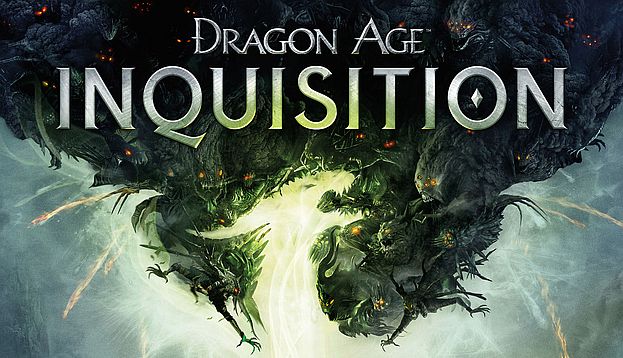Electronic Arts turned in a great performance for the last quarter of 2014 (its FY Q3), beating analyst expectations with a record-breaking $1.428 billion in non-GAAP net revenue ($1.126 billion by GAAP), with income of $388 million non-GAAP ($142 million GAAP), with free cash flow of $682 million. The company now has nearly $3 billion in cash on hand, and its stock is up over 13 percent today. The company raised its guidance for the full year as well. You just don’t see quarters much better than that in the game business.
This is really the point that EA has been trying to reach for several years, transforming its business into a much more digitally focused one. The success has been elusive in the past, but it’s now undeniable: EA is deriving more than half of its revenue from digital sales. “The trailing 12-month digital net revenue was also a record, up 17 percent to $2.18 billion. This is the first time digital sales have generated more than half our revenue in a 12-month period,” said CFO Blake Jorgenson.
The digital revenue is a mix of DLC, subscriptions, mobile games, and digital full game sales, all of which are strong across the board. “Extra content and freemium contributed $314 million, up 47 percent over the prior year, with Ultimate Team continuing its strong performance across our FIFA, Madden NFL and NHL franchises, up 82 percent year-over-year in total,” Jorgenson noted. “FIFA Online 3 in Korea continues to grow year-over-year and the early indications from our partner in China, Tencent, are that it is already performing extremely well.”
The big hit for EA last quarter was Dragon Age: Inquisition, which was “by far the most successful launch in Bioware’s history,” noted Jorgenson. As usual, FIFA 15 and Madden NFL 15 were strong sellers. CEO Andrew Wilson noted proudly that EA finished the calendar year as the world’s leading console games publisher. That’s a great spot to be in, but as mobile games are now the largest segment of the games business, it’s less impressive than it might once have been.
The mobile game front is an interesting area for Electronic Arts. The company has seen success in the past with The Simpsons: Tapped Out, but the last quarter its strong points were driven by the success of SimCity BuildIt, Madden NFL Mobile and FIFA 15 Ultimate Team Mobile. “Leveraging proven IP like this reduces the cost of player acquisition and drives the long-term profitability of our mobile business,” said Jorgenson. “SimCity BuildIt has proven to be a highly engaging title that has been a top-10 grossing one on iPhones in 85 countries and on iPad in more than 100.”
So it looks like EA has learned how to capitalize on its brands to create solid performance on mobile titles, ones that not only generate good revenues on their own but also serve to promote other titles as well as engage fans of various EA brands. Still, the part that EA still hasn’t been able to do on a regular basis is introduce new IP on mobile and generate a significant hit with long-term potential. Activision’s got Hearthstone to point to (though that looks to be generating more on PC than on mobile, it’s still a solid mobile title). Can EA, Activision, and other traditional electronic game publishers ever become top competitors in mobile games with new IPs That will be an interesting area to keep an eye on for the long term, as the larger part of the industry’s revenue continues to shift to mobile.

Tucked away in the presentation was the fact that marketing is contributing to EA’s strong performance — but not in the usual way. EA has been cutting back on its usual marketing spend, leveraging its growing direct engagement with its players to drive sales instead. Thus, the company saw its gross margins increase (on a non-GAAP basis) to 72.8 percent , up from last year’s 68.1 percent . Of course, much of that is due to higher-margin digital sales taking a larger share of overall revenue, but EA did not its decreased marketing spend.
EA’s COO, Peter Moore, noted that EA’s “ability to track our consumers on a day-to-day basis rather than simply launch with big TV campaigns, which may have been what we’ve done many years ago,” was an important factor in the margin increases. “You are seeing the resulting efficiencies as a result in our marketing spend as a percentage in that revenue and that will continue,” Moore said.
It’s an interesting dynamic to watch, as EA and other traditional game publishers pull back from the big TV ad campaigns that they used to fund, while mobile publishers like King, Supercell, and Machine Zone are spending heavily on TV advertising to bring people to mobile games. But it makes sense, and it points out in a very concrete way the difference in the audiences of the mobile-centric publishers and the traditional publishers.
Other interesting points to watch from the presentation included the fact that EA Access, the subscription program on the Xbox One that EA hopes to grow into “the Netflix of games” was performing well, and execs seemed bullish on its future. Battlefield Premium also did well, and the whole category of subs was up over 52 percent for EA on the year. Overseas, the FIFA Online game appeared to be doing well, and the partnership with Tencent looks to be paying off. Don’t be surprised to see other EA titles going a similar route as the company figures out how to extract revenue from one of the world’s largest game markets.
One more thing of interest: Blake Jorgenson sounded a cautionary note about using NPD data to figure out how well EA is doing in a quarter. “You guys have heard me say this before, but I’ll say it again, and that is, be really careful using NPD data, it’s becoming less and less valuable, as more and more of the business is going digital,” Jorgenson warned. “And there is obviously not a digital comparison to it. But both in volume and in pricing, it can be sometimes a very large distraction, and then when you add in that there is no international piece to it. It really underestimates the strength of our business, I think as you can see in this quarter.”
The future looks bright for EA once again, with a new Star Wars film hitting theaters soon to (hopefully) boost Star Wars: The Old Republic and the upcoming Star Wars Battlefront game. Battlefield Hardline looks like a strong performer, and EA’s got a good lineup of mobile titles ahead, including Need for Speed BuildIt. EA Sports has its two stars, FIFA and Madden, which should continue to be strong and give the company the chance to make its other sports titles into similar star performers.
The long-term question for EA is how the company manages as online and mobile games continue to do better, and free-to-play games come to represent more of the market. EA’s placing some bets in those areas, but the company has to keep evolving as market conditions change and competition heats up even further.

